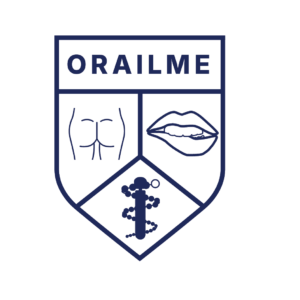This past Saturday, during Winterfest Weekend, the Creative Arts Club and ROC Tickets co-sponsored an event to the Corning Museum of Glass in Corning, N.Y. Entitled “Fun With Glass,” the trip proved to be far more than that. Forty UR students in our group had the opportunity to spend a day sandblasting a drinking glass, pulling a glass flower and fusing a sun catcher.
After a 90 minute bus ride, we arrived and started working on our projects. My group’s first project was sandblasting drinking glasses. The glasses all started out as uniform mini-steins that we put our own spin on. In order to create our own designs, we used different sizes of masking tape and a variety of stickers to cover up the parts of the glasses that we wanted to remain clear. The exposed parts of the glasses were blasted, essentially frosting the glass. Since many younger kids attend this studio, the stickers were a throwback in time, ranging from train engines to sparkly stars, dinosaurs to racecars and everything in between.
Using masking tape proved a bit challenging because of the curved shape of the glasses (well for me, anyway), but it was really cool to see the different designs that people made, whether it was incorporating their names or drawing squiggles. I cut the letters of my name out of masking-tape sheets and created a fun design. Once completed, we watched and helped as our studio assistant used big machines with gloved arms to rotate the glass around as it was being sandblasted. It was amazing to see how diverse the designs were, considering that we all started out with identical glasses and the same materials at our disposal.
Next, we got to pull glass flowers. For me, this was the coolest activity because we made art that looked like it could be displayed anywhere in the museum. We went in three people at a time to pick out the colors we wanted the glass to be. How we stretched the glass when shaping the bell of the flower and how the stem curved was entirely under our control. We wore “super-stylish glasses,” as the staff called them, as well as gloves and a fireproof sleeve for protection. It was awesome to watch these flowers come out because the materials are so hot. Seeing how a glob of glass from an oven set at well over 500 degrees could end up looking like artwork in such a short amount of time (each flower averaged about four minutes to make) was fascinating.
Our final activity was fusing sun catchers. This was fun because, again, we all started out with the same square of glass, and, with the help of plates full of glass shards and other glass materials, were able to create unique designs. I made a geometric version of my beta fish, Ray, because the pieces called out to me, but other people made everything from geometric flowers, to people, to animals.
We glued all of the pieces on using good old Elmer’s glue. In the fusing process, our pieces were put into high heat where the glass shards liquefied a little and then resolidified in more rounded-out shapes and the extra glue evaporated. They still maintained the basic look as before they were heated (we had examples of completed pieces to use for inspiration). Both the sun catchers and pulled flowers stayed at the studio to be cooled and fused. They will be sent back to us once they have been completed.
The assistants were also all really helpful and ranged from older people who have worked at the museum for years to a senior at a local college, majoring in art, who found a place to work where she can pursue one of her passions and make money while doing so.
At $20 a ticket, this was a great trip. The Corning Museum of Art’s campus is divided into two main buildings – the Museum, where the exhibits are displayed, and the Studio, where visitors can make projects like we did. It also boasts the Rankow Research Library – “the world’s foremost library on the art and history of glass and glassmaking.”
All in all, I noted from the brochures that those students who attended ended up paying a third of the regular price for all the projects, including transportation, so it was a bargain opportunity. I definitely want to go back to the museum again and, if this sounded interesting to you, keep your eyes open for other trips run by CAC in the future. It was a fun way to get off campus and experience something different.
Siegel is a member of the class of 2010.
